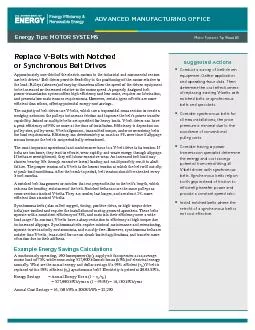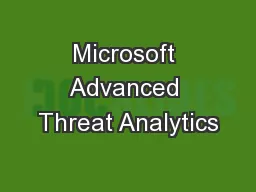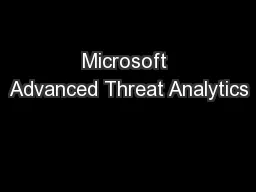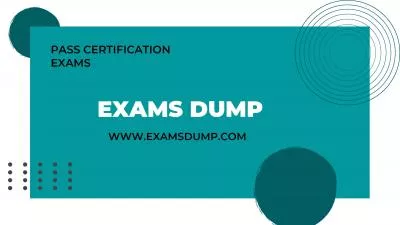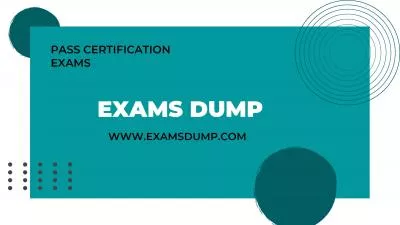PPT-Advanced High
Author : olivia-moreira | Published Date : 2017-04-23
Performance Computing Workshop HPC 201 Dr Charles J Antonelli LSAIT ARS Mark Champe LSAIT ARS Dr Alexander Gaenko ARCTS Seth Meyer ITS CS June 2016 Roadmap Flux
Presentation Embed Code
Download Presentation
Download Presentation The PPT/PDF document "Advanced High" is the property of its rightful owner. Permission is granted to download and print the materials on this website for personal, non-commercial use only, and to display it on your personal computer provided you do not modify the materials and that you retain all copyright notices contained in the materials. By downloading content from our website, you accept the terms of this agreement.
Advanced High: Transcript
Download Rules Of Document
"Advanced High"The content belongs to its owner. You may download and print it for personal use, without modification, and keep all copyright notices. By downloading, you agree to these terms.
Related Documents



